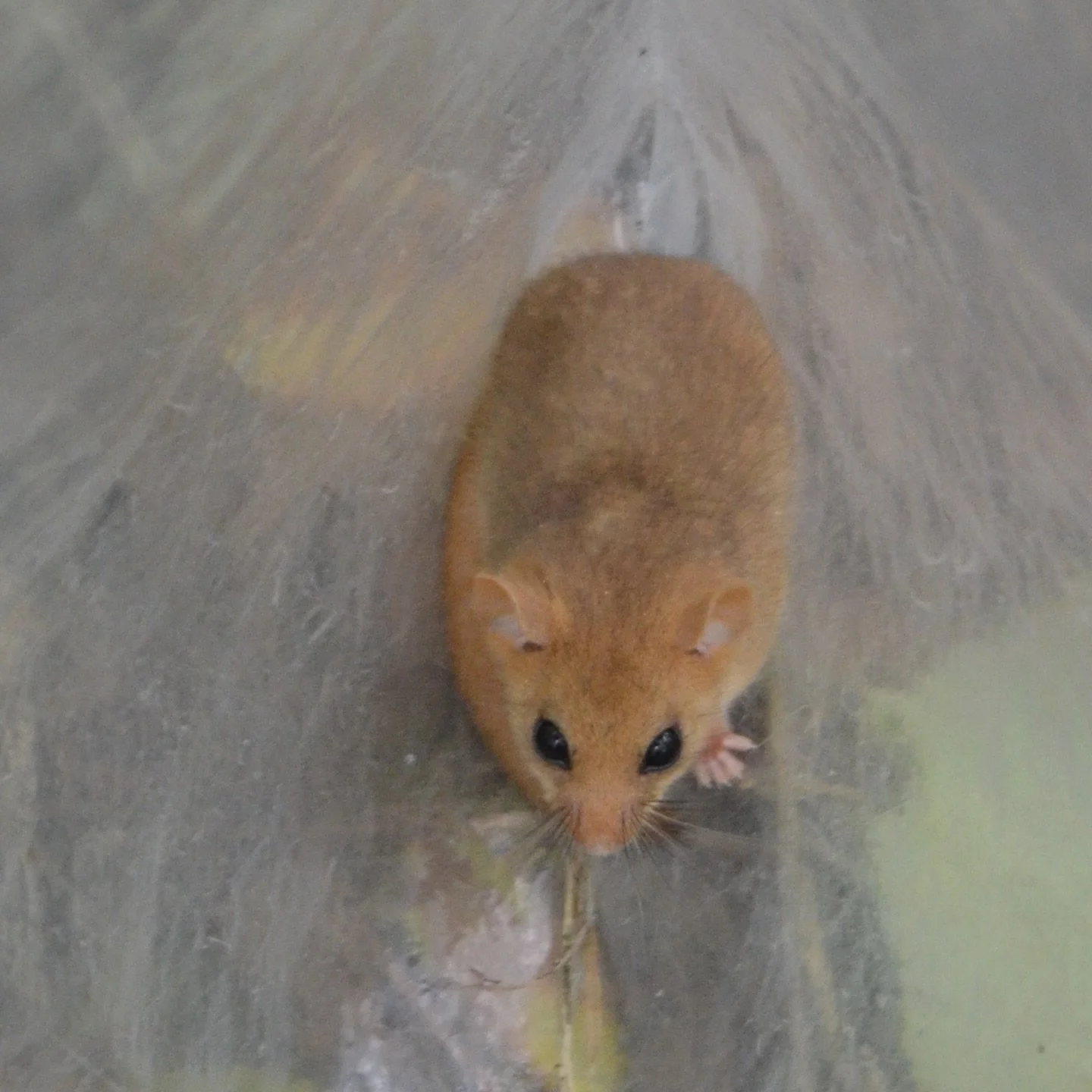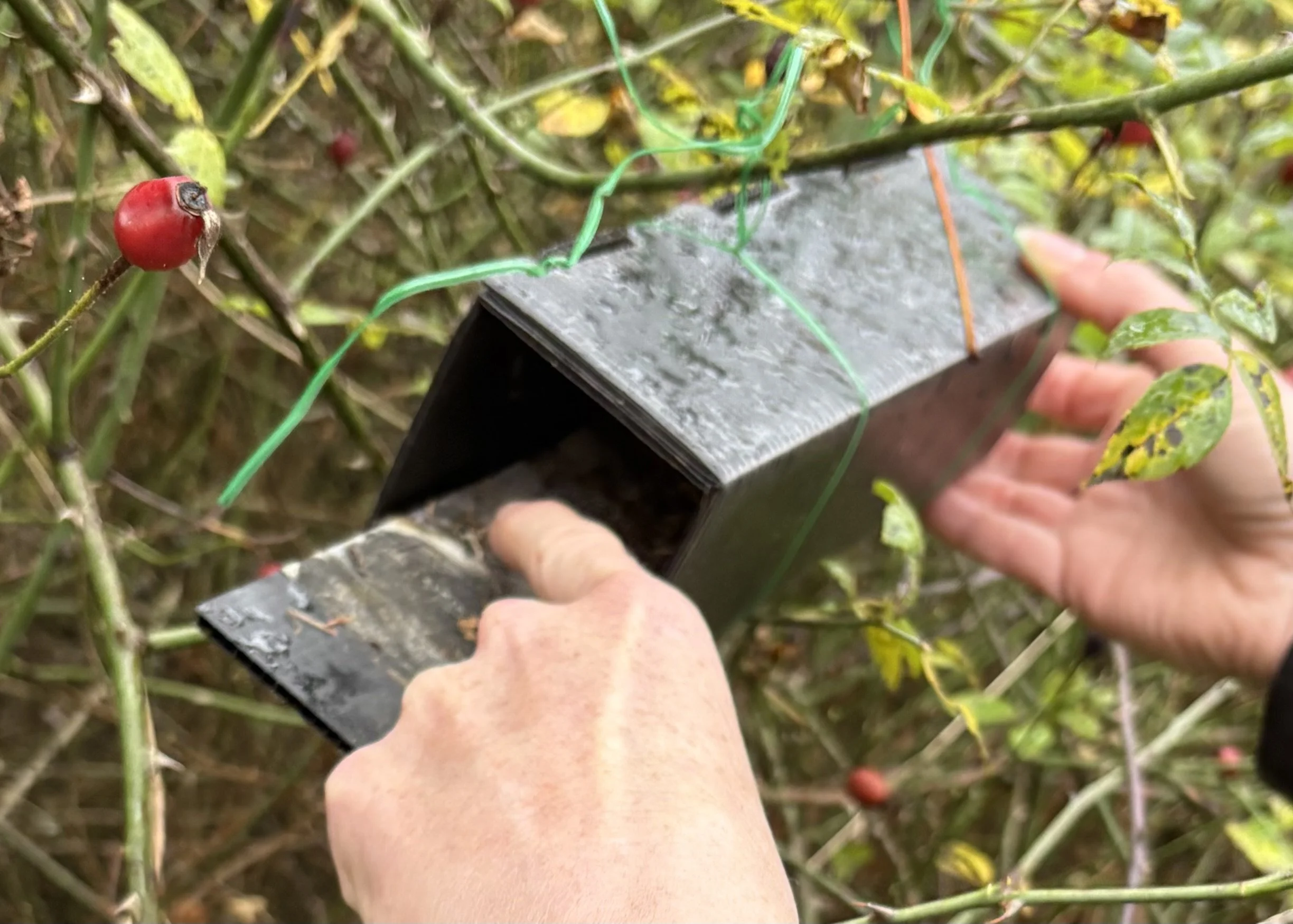Hazel dormice …
Sunday: a special day for us observing the conservation of our native hazel dormouse at ‘Dormouse Woods’ in the north of Nottinghamshire led by Lorna Griffiths.
Hazel dormice are classed as 'vulnerable' on the Red List for Britain's Mammals. They are said to have suffered a 70% decline nationally since 2000. Once widespread, they are now believed to be extinct in 20 English counties. They are largely restricted to fragmented woodland and hedgerow habitats
Nottinghamshire’s great Victorian naturalist Joseph Whitaker only reported knowing of two dormouse sites in our county.
Dubbed ‘The Chubster’, this hazel dormouse was already plumping up with fat for his winter hibernation..
They are believed to be named ‘hazel’ dormice because foresters would sometimes find dormice winter hibernation nests in hazel stools they were cutting in winter. The animals are omnivorous and can thrive without hazel at all: indeed in Lithuania where there is no hazel, the dormouse is present. There it is simply the ‘common dormouse’.
It is a truly delightful little creature and one that the Notts Dormouse Group have worked proactively to support since a reintroduction of 30 individual dormice to the wood in 2013 by the Peoples Trust for Endangered Species. An earlier reintroduction to the wood was deemed to have failed.
Juveniles like this one will be weighed and recorded before being returned to the comfort of their warm nest.
Since that failure, specially-designed nesting boxes have been provided and woodland management undertaken to give the introduced animals the best chance of survival. Regular monitoring of the boxes is giving valuable data about their otherwise secretive lives. A ‘top-up’ of more dormice was added to the population after the initial introduction to increase the genetic diversity.
Meticulous record-keeping during surveying work.
This year has been particularly favourable with lots of successful broods raised. Over a hundred dormice have been recorded so far in October!
The group have data for animals occupying their boxes, but as we walked a distinctive nest of woven material was spotted in a bramble - and we watched as a dormouse made its escape. How many more could there be?
Surveying for hazel dormice includes using these tunnels. Animals leave their footprints inside allowing surveyors to identify which species has passed through.
An impressive volunteer effort led by Lorna of Notts Wildlife Trust and her team.
My challenge is to capture our day together for the possible forthcoming series of Notts Wildlife Trust ‘Wilder Nottinghamshire’ podcasts that, we hope, will be coming up soon…





